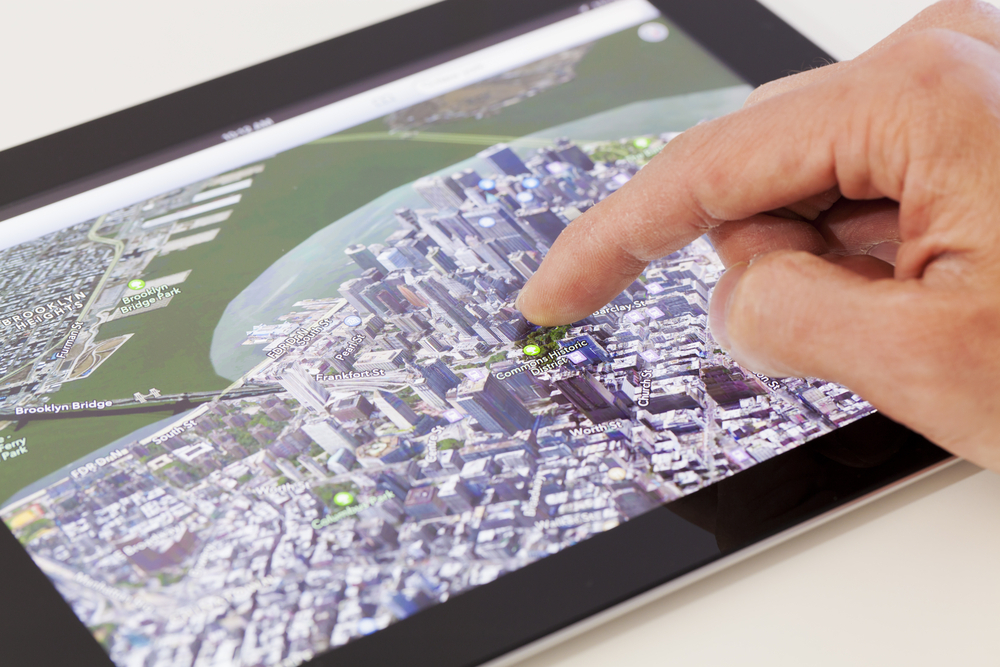Leveraging the Power of Interactive Maps in Content Marketing

In the digital age, where attention spans are fleeting and competition for user engagement is fierce, content marketers are constantly seeking innovative ways to captivate their audiences. One such powerful tool that has emerged as a game-changer in the realm of content marketing is the interactive map. This dynamic and visually compelling tool not only educates but also engages users, making the information presented more memorable and shareable. In this article, we delve into the world of interactive maps and how they can transform your content marketing strategy.
The Visual Advantage:
Humans are inherently drawn to visual content. Interactive maps take this concept to the next level by providing users with a tangible way to explore information. Whether it’s showcasing global customer locations, visualizing data trends across different regions, or mapping out the journey of your brand, interactive maps breathe life into your data, making it more relatable and accessible.
Engagement through Exploration:
Static content can feel passive, but interactive maps encourage users to actively engage. They can zoom in, zoom out, click on markers for additional details, and even manipulate layers of information. This level of interactivity creates a sense of control and curiosity, keeping users engaged for longer periods.
Storytelling in Spatial Context:
Every brand has a story to tell, and interactive maps provide a unique spatial context to those stories. For instance, an outdoor apparel company can use a map to showcase real-life stories of adventurers who have explored various locations while wearing their products. This adds depth and authenticity to the narrative, resonating with the audience on a more personal level.
Data Visualization Made Easy:
For content marketers dealing with data-heavy subjects, interactive maps offer an effective way to present complex information. Geographic data, market trends, and demographic insights can be visualized in a manner that’s easy to understand. Through interactive features, users can filter and compare data points, gaining insights in a way that would be challenging with traditional static charts.

Driving User Interaction:
Interactive maps can be strategically integrated into content to encourage specific user actions. For instance, a travel agency can create a map showcasing top vacation spots, with clickable markers leading to detailed travel itineraries or booking options. This not only educates users but also guides them towards desired actions.
Enhancing SEO and Shareability:
Search engines love fresh and engaging content. An interactive map embedded within a blog post or webpage adds an interactive element that can boost user engagement metrics, such as time spent on page and click-through rates. Additionally, users are more likely to share visually appealing and interactive content, expanding the reach of your brand message.
Implementing Interactive Maps:
Creating interactive maps might sound daunting, but there are user-friendly tools available that require minimal technical knowledge. Platforms like Google Maps, Mapbox, and Leaflet offer intuitive interfaces for designing and embedding interactive maps. For more complex requirements, collaborating with a developer can help you create a custom solution.
Conclusion:
Interactive maps are more than just tools; they’re bridges connecting your brand story to your audience’s imagination. By integrating spatial context, data visualization, and user engagement, interactive maps unlock a new dimension of content marketing. As attention spans continue to dwindle, embracing this dynamic approach can set your brand apart, leaving a lasting impression on your audience.
Incorporate interactive maps into your content marketing strategy and watch as your audience explores, engages, and shares your brand’s journey like never before.
IMPORTANT: If you enjoyed this article then give Marketing University Equalizer a try. Create your free account right now and have full access for 14 days. Click here to get started #marketinguniversity #marketing #businesstips #marketingtips
